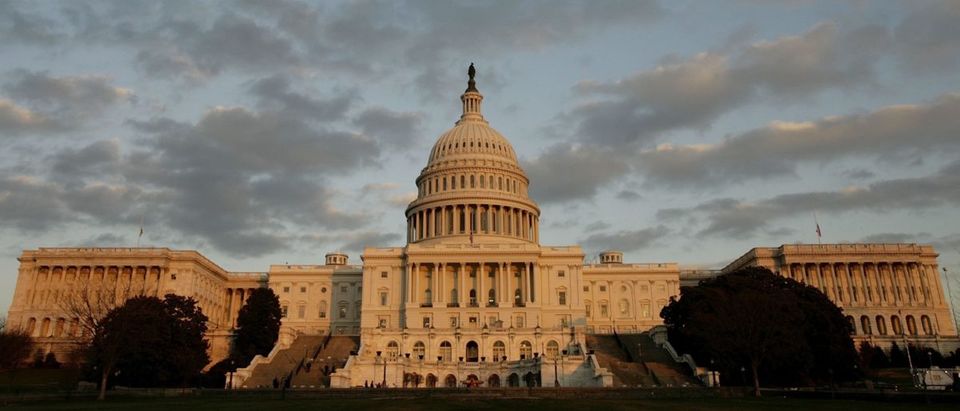Whoever said “if at first you don’t succeed, try, try again” probably wasn’t trying to give advice to Congress on raising the debt ceiling. And even if they were, they probably would have recommended giving it a rest after the first 25 failed attempts.
That number, 25, is the number of times that Congress has raised the debt ceiling since 1993. Since then, the national debt has increased from around $4 trillion to well over $28 trillion, accelerating at a dramatic pace over the past few years.
The last time Congress raised the debt ceiling was back in July of 2019, when the national debt had not yet reached $23 trillion. Back then, things looked scary — there was no plan to address the $82 trillion deficit Medicare and Social Security were set to run over the next 30 years, and the debt-to-GDP ratio was set to double to 152 percent over that same time period. The only meaningful legislative effort towards reining in out-of-control spending, budget caps put in place by the Budget Control Act, had been set aside by bipartisan agreement as soon as they became inconvenient.
But if that fiscal situation in 2019 was scary, the current one is downright terrifying. A once-in-a-century pandemic has provided an unfortunate reminder of why fiscal responsibility is important in the absence of a crisis: rather than coming from an existing rainy-day fund responsible fiscal custodians might have put in place, the emergency spending necessary to allow the economy to “hibernate” during economic lockdowns added to an pre-existing crisis.
And Congress has learned no lessons at all from this debacle. After two straight years of running $3 trillion budget deficits during the pandemic, Congress has spent 2021 passing a $1.9 trillion stimulus package and a $1.2 trillion infrastructure bill, while also attempting to push through an enormous reconciliation bill.
The latest release of the Congressional Budget Office’s (CBO) Long-Term Budget Outlook (published before the passage of the infrastructure bill) shows just how much worse things have gotten. The debt-to-GDP ratio thirty years out from now, concerning when it was projected to reach 152 percent, is now set to top 200 percent.
It’s not merely academic. At a minimum, maintaining a large national debt entails significant costs in terms of the need to service the debt. Paying interest on the debt last year cost $345 billion, about three-quarters of the cost of the Medicaid program, and that is with historically low interest rates.
Taxpayers can’t count on the cost remaining that “cheap” as the debt burden grows larger and investors lose confidence in its sustainability. Thirty years from now, the CBO projects that the cost of servicing the debt will greatly exceed the cost of Social Security, and nearly reach the cost of Medicare and Medicaid combined.
And that’s among the tamest of the potential issues with an enormous national debt. Another problem is the potential to “crowd out” other private investment, as businesses are left cash-starved as investors use up all their investment cash on Treasury bonds, and worse. Most concerning is the possibility of a market panic should investors lose confidence in the country’s ability to pay its debts, likely triggering a major global recession.
Congress’s continued plodding towards a fiscal crisis is particularly frustrating given its refusal to pursue common-sense reforms. The National Taxpayers Union has offered several reform options, including a new program of discretionary spending caps, cutting spending in areas that have bipartisan agreement, taking up bipartisan budget process reform proposals, and making a genuine effort to address unsustainable entitlements.
Unfortunately, Congress seems to prefer simply to continue kicking the can down the road with another debt ceiling extension. That’s not going to change until taxpayers convince their representatives that the national debt is more than just an inconvenience to work around with tricks and gimmicks.
Andrew Wilford is a policy analyst at the National Taxpayers Union Foundation, a nonprofit dedicated to tax policy research and education at all levels of government.


